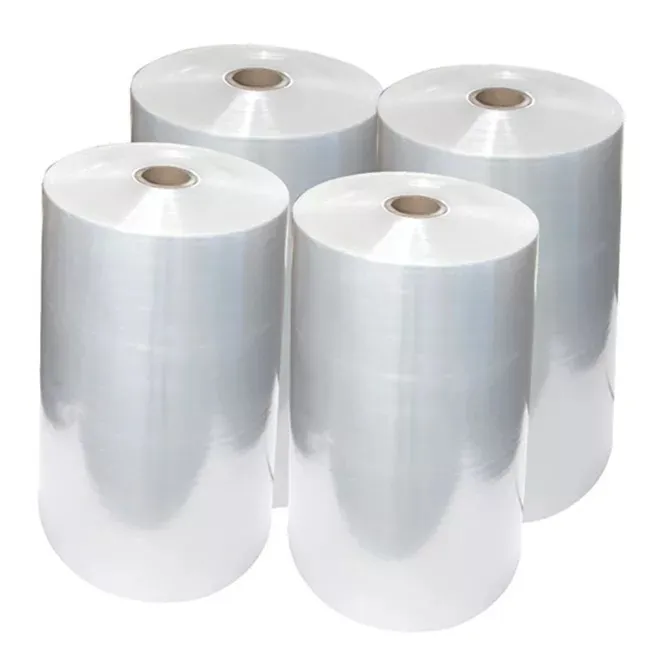Converting 1 Mil to Millimeters for Precision Measurements and Applications
Understanding the Conversion from Mils to Millimeters
In various fields such as engineering, manufacturing, and design, accurate measurements are crucial. One such conversion that often arises is from mils to millimeters (mm). Understanding this conversion and its implications can enhance precision in projects, designs, and manufacturing processes. This article will delve into the concept of mils, the conversion factor to millimeters, and practical applications of this measurement in different industries.
What is a Mil?
A mil is a unit of measurement commonly used in the United States, primarily in manufacturing and engineering contexts. It is defined as one-thousandth of an inch (0.001 inches or 1/1000 inch). The term mil is often used to describe the thickness of materials such as plastic sheets, coatings, and other similar applications.
To provide a clearer perspective, here are some basic facts
- 1 mil = 0.001 inches - 1 inch = 25.4 mm
From these definitions, we can derive that
\[ 1 \text{ mil} = 0.001 \text{ inches} \times 25.4 \text{ mm/inch} = 0.0254 \text{ mm} \]
This means that 1 mil is equivalent to approximately 0
.0254 millimeters.Converting Mils to Millimeters
When converting mils to millimeters, simply multiply the number of mils by the conversion factor of 0.0254. For instance, if you have a thickness of 100 mils, the conversion would look like this
\[ 100 \text{ mils} \times 0.0254 \text{ mm/mil} = 2.54 \text{ mm} \]
1 mils to mm

This straightforward calculation can be crucial for engineers and architects who need to ensure that specifications meet required standards and tolerances.
Importance of Precision
Precision in measurements cannot be overstated. In industries such as aerospace, automotive, and electronics, even the slightest error in measurement can lead to significant consequences, including product failures, safety hazards, and financial losses. As such, converting measurements accurately is vital for quality control and compliance with regulations.
For example, when designing electronic circuits, the dimensions of circuit boards (often specified in mils) need to be converted to millimeters to ensure compatibility with various components. Accurate conversions are essential to avoid issues when components do not fit together as intended.
Practical Applications
1. Manufacturing In the manufacturing industry, particularly in the production of materials like plastic films and coatings, thickness is often specified in mils. Engineers must convert these measurements to millimeters to align with project specifications that utilize the metric system.
2. Construction In architectural and civil engineering drawings, dimensions may need to be converted between imperial and metric systems. For instance, knowing that 10 mils is equivalent to 0.254 mm can help architects and builders in selecting appropriate materials.
3. Textiles The clothing industry may also use mils to describe material thicknesses, especially in coatings and laminates that are applied to fabrics. Designers need to ensure that these measurements are accurately represented in millimeters for compatibility with various manufacturing processes.
4. Electronics In developing printed circuit boards (PCBs), the trace thickness is often specified in mils. Engineers will use the mil to mm conversion to ensure that the traces meet electrical and physical design requirements.
Conclusion
Understanding the conversion from mils to millimeters is important for various industries that require precision in their measurements. By being aware of the relationship between these units, professionals can ensure accuracy, facilitate clear communication across different teams, and enhance the overall quality of their projects. Whether you are an engineer, architect, or designer, mastering this conversion will serve you well in your professional pursuits. With a clear grasp of how to convert mils to mm, you can navigate the complexities of measurement with confidence and precision.













